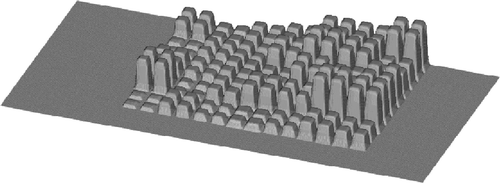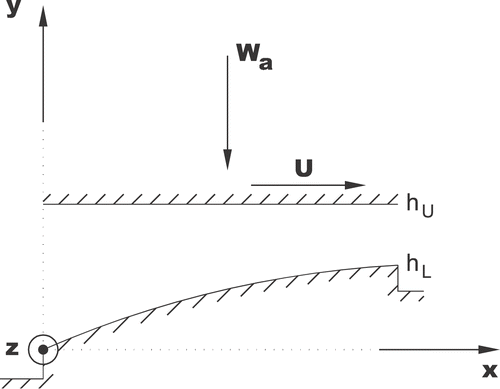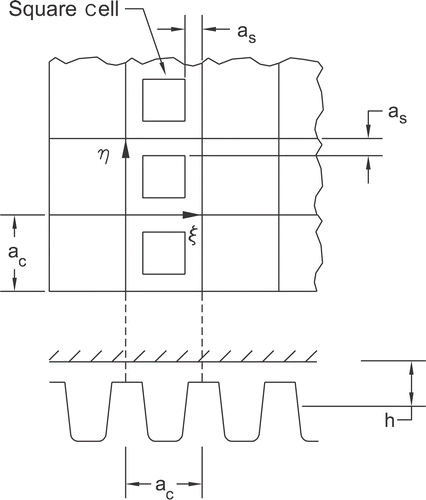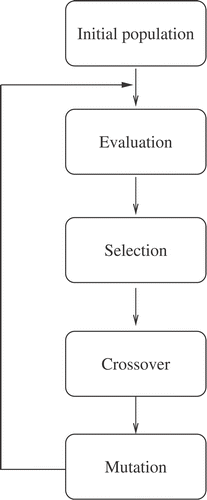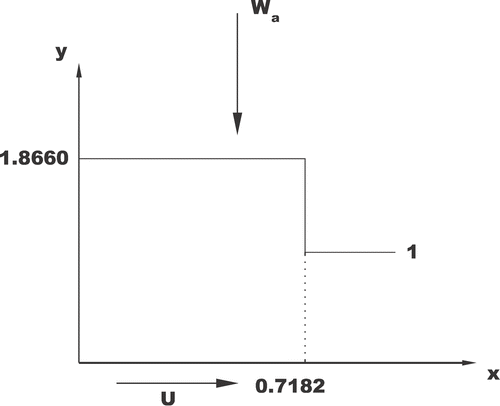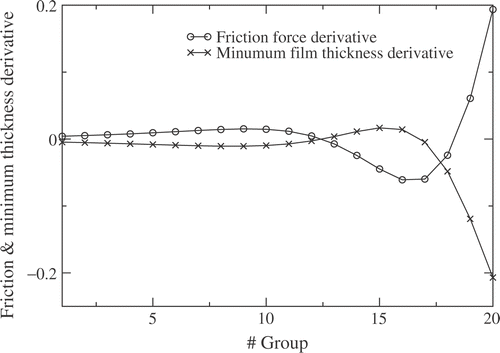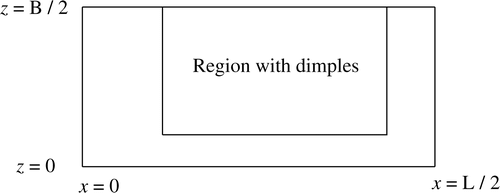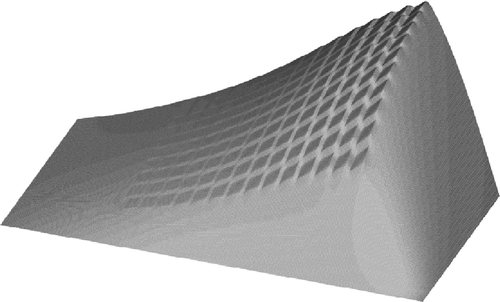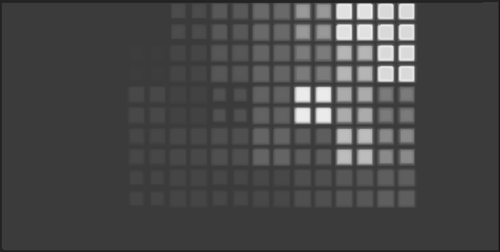Figures & data
Figure 5. Results of the GENESIS code compared to the optimal Rayleigh step. Left: Case 1, Right: Case 2.
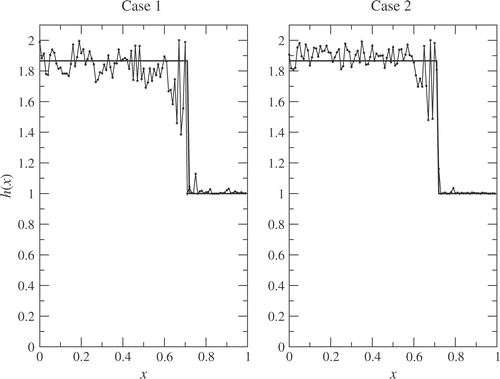
Table 1. Results of the GENESIS code compared to the exact ones, indicating the number of evaluations (Case 3).
Table 2. Relative load capacity obtained with the GENESIS code using 50, 100 and 200 variables to define the film thickness h.
Figure 6. History of the objective function along algorithmic iterations (relative to the exact optimum). The mutation rate constant is set to the default value of the GENESIS code, 0.001. The tics in the vertical axis have a spacing of 0.1.
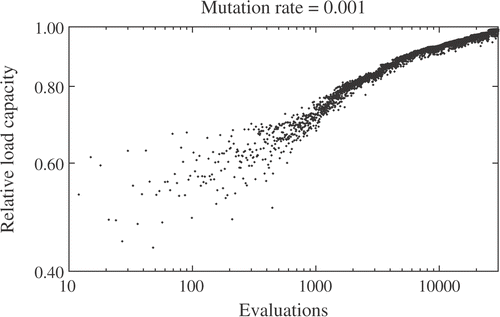
Figure 7. History of the objective function along algorithmic iterations (relative to the exact optimum). The mutation rate constant is set to 0.01.
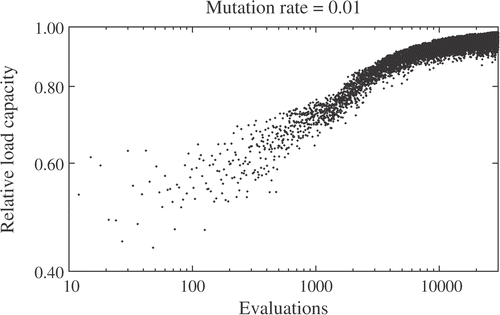
Figure 8. History of the objective function along algorithmic iterations (relative to the exact optimum). The mutation rate constant is set to 0.1, a value that is too high to attain convergence.
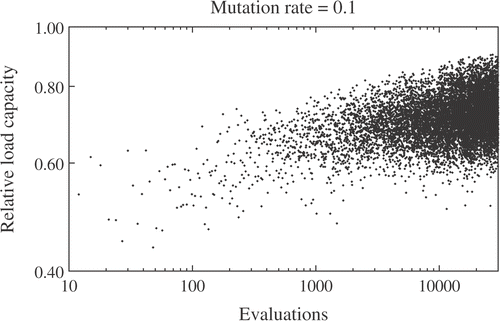
Figure 10. Relative friction force and minimum film thickness. Evolution along the optimization process. Notice that a 4% decrease in friction, together with a 2% increase in minimum film thickness, is attained.

Figure 11. Optimized textures for two different non-dimensional loads: 0.06 (top) and 0.006 (bottom).
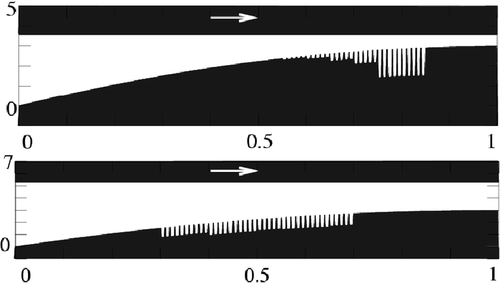
Figure 14. A 3D view of depth distribution of the optimized texture after 3000 evaluations of the objective function. The maximum depth is 1.292, the minimum one is 0.085.
